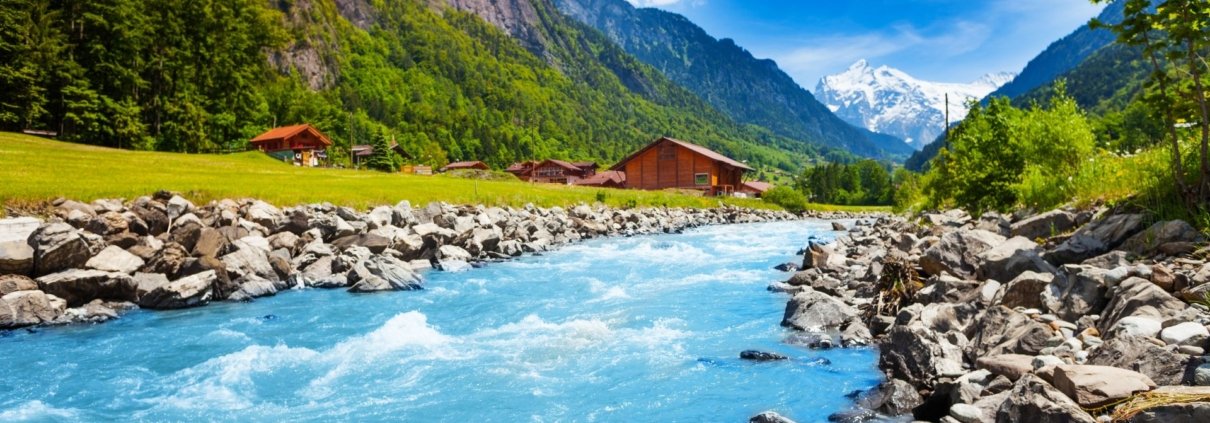Kaluk village is located in the western part of Sikkim, about 92 km from Gangtok. The nearest airport is Pakyong Airport, which is about 130 km away. The closest railway station is New Jalpaiguri Railway Station, which is 148 km away.
How to reach Kaluk Village
By Air: The closest airport is Pakyong Airport in Gangtok, which has flights from major Indian cities like Delhi and Kolkata. From the airport, you can hire a taxi which will take around 3.5 hours to reach Kaluk village.
By Rail: The nearest railway station is New Jalpaiguri Railway Station, which connects Sikkim to all major cities in India. From here you can hire a cab to cover the 148 km distance to Kaluk village.
By Road: Kaluk is well connected by roads. Both shared taxis and reserved taxis are available from Gangtok, Siliguri and Bagdogra to reach Kaluk village. The journey will take around 4-5 hours.
Some of the routes are:
- Gangtok to Kaluk: 92 km (4 hours approx)
- Siliguri to Kaluk: 125 km (5 hours approx)
- Bagdogra Airport to Kaluk: 140 km (5.5 hours approx)
Make sure to start early to reach Kaluk village on time. The road conditions are decent, but landslides can cause delays during monsoons.
History of Kaluk Village
Kaluk village has a vibrant history. In the past, it used to be an important stopover on the trading routes between Tibet and India. Traders traveling to and from Tibet used to take rest in Kaluk before proceeding further.
According to locals, the village used to be inhabited by Lepchas, the original inhabitants of Sikkim, as far back as the 15th century. Later, during the reign of the Chogyals of Sikkim, many ethnic Nepali people also settled down in Kaluk.
When Sikkim became a part of India in 1975, Kaluk was established as a separate revenue village under the district of West Sikkim. Ever since, Kaluk has retained its unique culture which is a fusion of Lepcha and Nepali traditions.
Some places of historical significance in and around Kaluk village include ancient temples like Tashiding Monastery, the holy cave of Guru Padmasambhava and Dubdi Monastery which are regularly visited by devotees. So if you love culture and history, Kaluk village offers you a perfect gateway.
What is Kaluk Village Famous For?
Though a small village, Kaluk has gained fame for its vivid mountain views, Adolf Luisher Memorial Rock Garden, naturally carbonated water springs and organic farming of exotic crops like avocado and kiwi.
Here are the top things that Kaluk village is famous for:
Panoramic Mountain Views: Kaluk offers breathtaking views of the Kanchenjunga mountain range which includes the world’s third highest peak. On a clear sunny day you can even view Mount Everest from some spots!
Adolf Luisher Memorial Rock Garden: Built in 1996 in memory of Adolf Luisher, a Swiss architect who introduced the concept of rock gardens to Sikkim. It is touted as one of the best rock gardens in India.
Naturally Carbonated Mineral Water Springs: There are two major mineral water springs totally untouched by human activity. The Barsey Rhododendron Sanctuary Spring near Kaluk village and the Ribdi Bhir Spring are known for their medicinal properties. You can also bottle up the sparkling water from these springs.
Organic Farming: Most village households are engaged in organic cultivation of crops like cardamom, avocado, oranges and kiwi. The produce is marketed under the brand name of ‘Kaluk Organic’.
So on your visit, don’t miss out on these signature aspects that lend uniqueness and fame to Kaluk village.
Local Cuisine of Kaluk Village
As a remote Himalayan village, Kaluk has retained its unique local food culture. Their cuisine is predominantly influenced by Nepali food but also draws influence from Tibet and indigenous Lepcha community.
Here are some signature dishes you must try when in Kaluk village:
Thukpa: This hot noodle soup garnished with vegetables or meat is a staple meal. Every home and restaurant will have its own version of vegetable or chicken thukpa.
Momos: Whether steamed or fried, vegetarian or non-vegetarian, momos stuffed with finely chopped filling is a favorite snack. Try the local chili paneer or chicken momos.
Gundruk Soup: This fermented vegetable soup has a sour and tangy taste. It is bursting with nutritious properties and makes for the perfect appetizer.
Phagshapa: It’s a pork dish where meat is stewed with radish, greens and mustard leaves into a thick gravy. Phagshapa is usually served with rice.
Alu Potol Curry: A quintessential Nepali curry made with potatoes, pointed gourd with aromatic spices like cumin and coriander.
Sinki: These are dried radish taproots stored for off-season. It is made into curry or soup. The dried version is also chewed raw.
Shiya Sherpa: Fried rice mixed with boneless meat prepared in Sherpa-style is one dish you shouldn’t miss. Have it with gundruk pickle.
Pair this local fare with Tongba, the local millet brew served in a wooden vessel. It is quite an experience!
Stay Options in Kaluk Village
Despite being a remote village, Kaluk has some comfortable stay options. Since tourism is growing, many homestays and small guesthouses have mushroomed to serve visitors.
Here are the types of places you can stay at in Kaluk village:
Homestays: Living with a local family in their traditional homestays in Kaluk is a unique way to experience local culture. Home cooked food and guided tours are added benefits.
Farmstays: For an organic living experience, try farm stays operated by local farmers involved in organic cultivation of cardamom, vegetables and other crops.
Forest Rest Houses: Kaluk village has rest houses operated by the Forest Department. Being surrounded by nature is an attraction. However, advanced booking is required as they have limited rooms.
Guesthouses: Budget guesthouses and lodges meant for backpackers offer basic accommodation at cheap rates.
So depending on your requirement and budget, you can find a suitable place to stay. Try to book in advance if traveling during peak seasons.
Best Time To Visit Kaluk Village
Kaluk village enjoys pleasant weather throughout the year but the ideal time is determined based on what activities interest you the most.
Here is a monthly breakup of Kaluk’s seasons so you can decide accordingly:
October to Mid-November, March to Mid-May: This span covering spring and autumn has the most pleasant weather. Daily temperatures range 15°C to 25°C. Sightseeing is most comfortable during this period which also hosts village festivals. However, high tourist influx leads to higher accommodation rates.
Mid-May to September: It is monsoon season with 70% humidity and daily temperatures of 25°C on average. While occasional landslides can hamper connectivity, lush greenery makes up for it. Waterfall visits are best planned during the monsoons. Hotel tariffs are cheap too. However, carry rain protection.
Mid-November to February: Kaluk experiences winter with temperatures dropping below 15°C and even near freezing point around early January. Expect snowfall from November-end till early March. Though extremely cold, powder snow enthusiasts will love the stark landscape. Only basic accommodation is available so do proper planning.
So depending on whether you prefer lush green hills, powder snow slopes or pleasant climate, plan your Kaluk trip accordingly.
Indicative Budget for Kaluk Village Trip
Here is an indicative budget breakup for a 3 nights/4 days trip to Kaluk Village for one person:
Transport (to & fro shared taxi from Gangtok): Rs. 2,500
Homestay/Basic Hotel Stay: Rs. 3,000-4500(@Rs. 1000-1500 per night)
Meals (Breakfast, Lunch & Dinner): Rs. 2,100 (@Rs. 175 per meal)
Sightseeing: Rs. 1,200 (using share taxis for trips)
Misc Expenses: Rs. 1,000
Total Trip Budget: Rs. 8,300
Additional expenses:
- Trekking/guide fees (depends where you trek)
- Shopping, bottling mineral water from springs etc
By utilizing homestays and shared taxis along with budget eating out options, it is possible to plan a Kaluk trip ranging from Rs. 7,000 to Rs. 10,000 per person for 3-4 days comfortably. Luxury seekers can expect a higher budget.
Conclusion
In summary, Kaluk village is an enchanting place with natural scenery, unique culture and warm hospitality. In just 3-4 days, you can soak in its vibrant sights and scenery if the trip is planned well.
Weather-wise, October to mid-November and March to mid-May are the best seasons due to pleasant weather. However, to make the most economical use of your trip, opting for homestays and local food saves money while still giving you an enriching cultural experience. So pack your bags and be prepared for a magical time when you visit Kaluk village!




Leave a Reply
Want to join the discussion?Feel free to contribute!